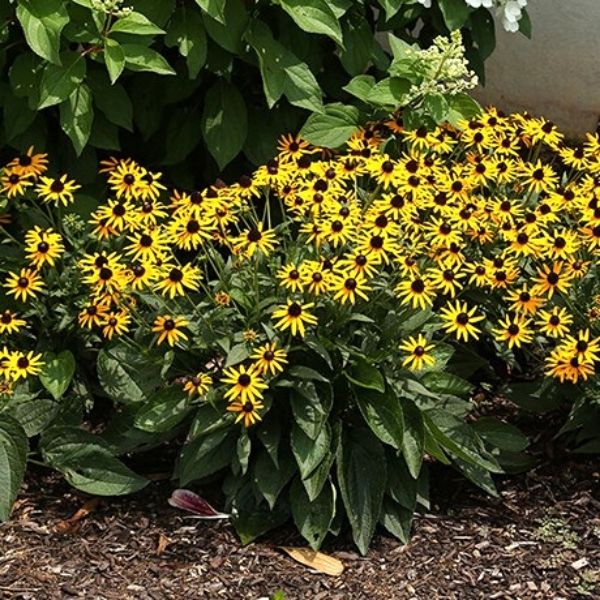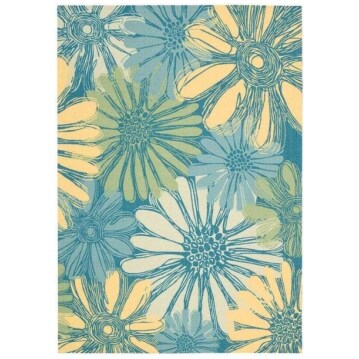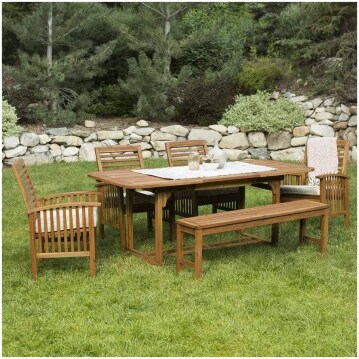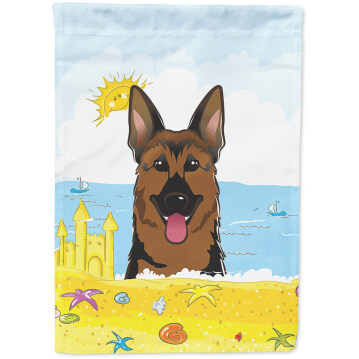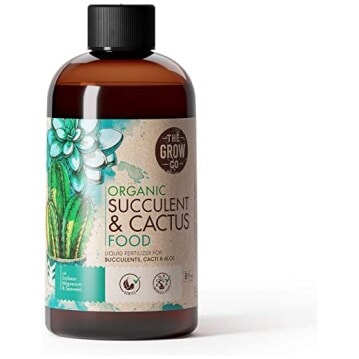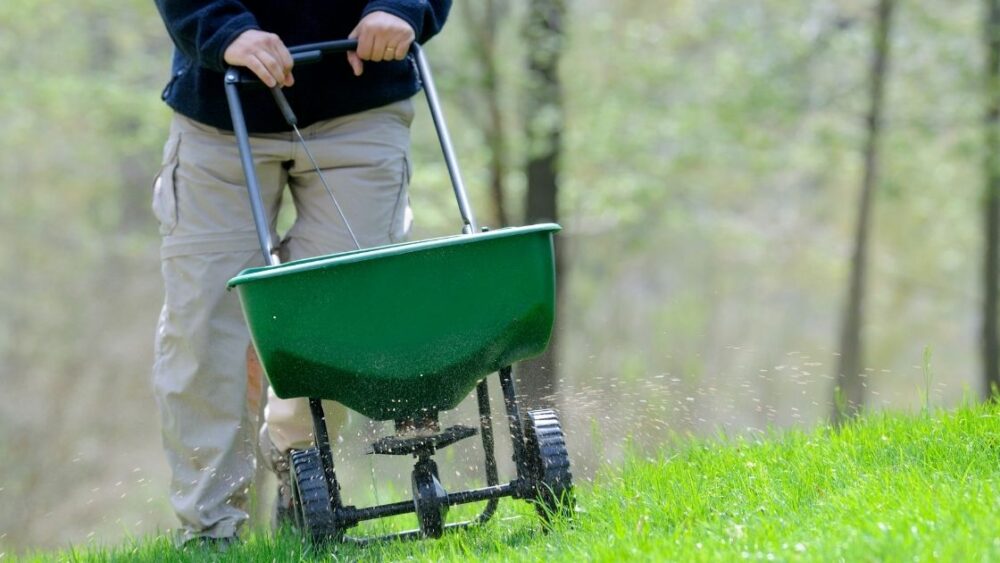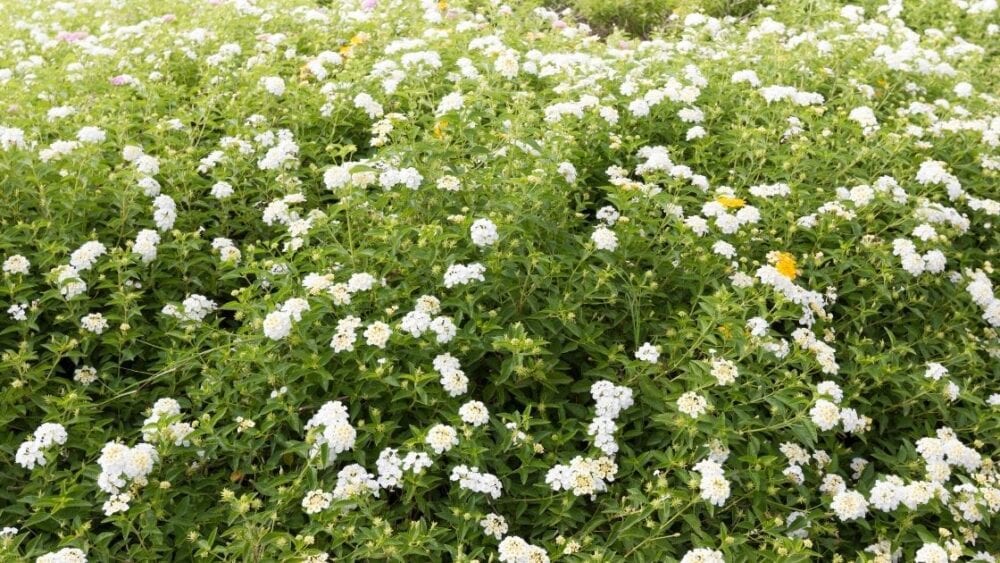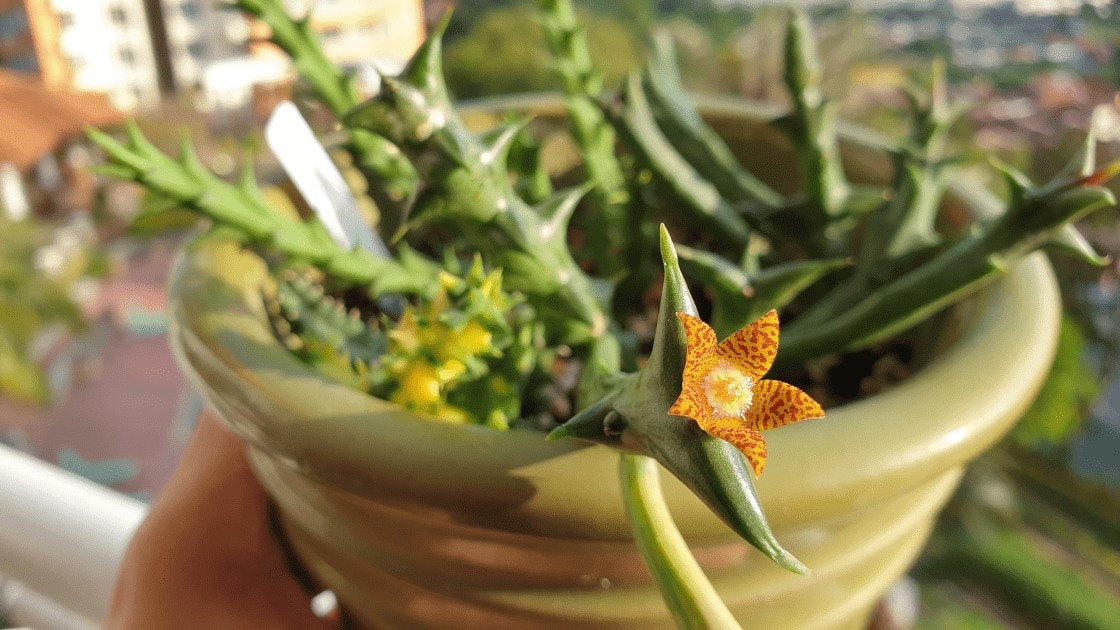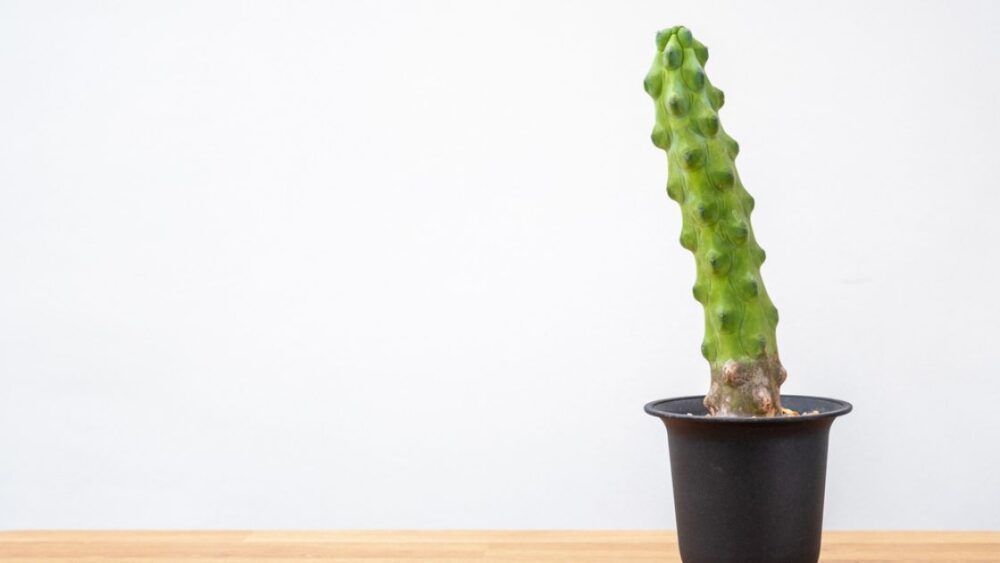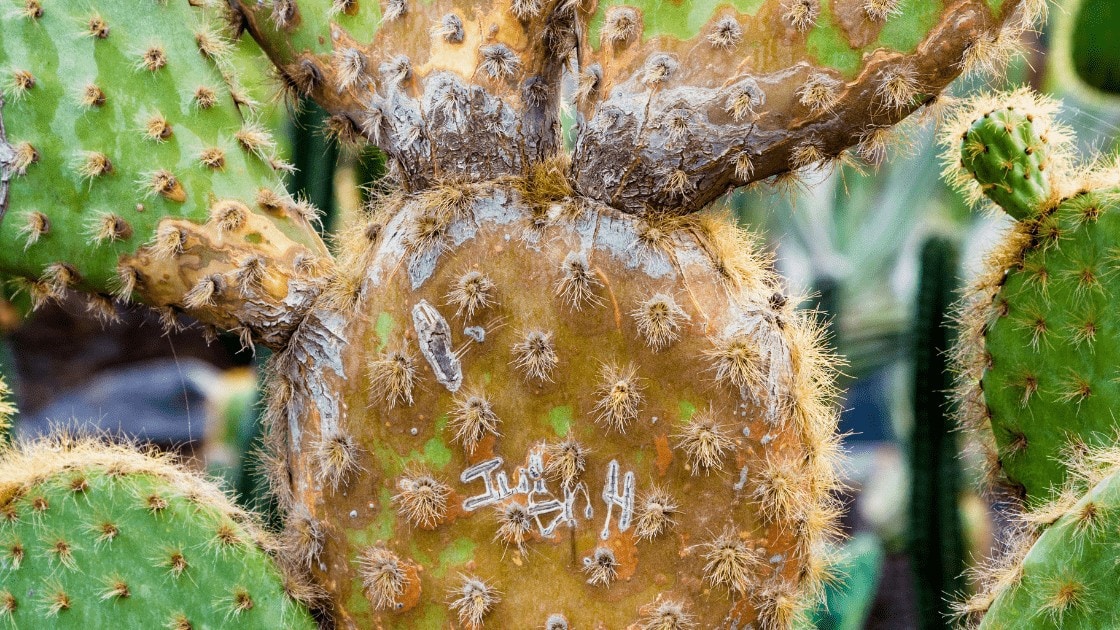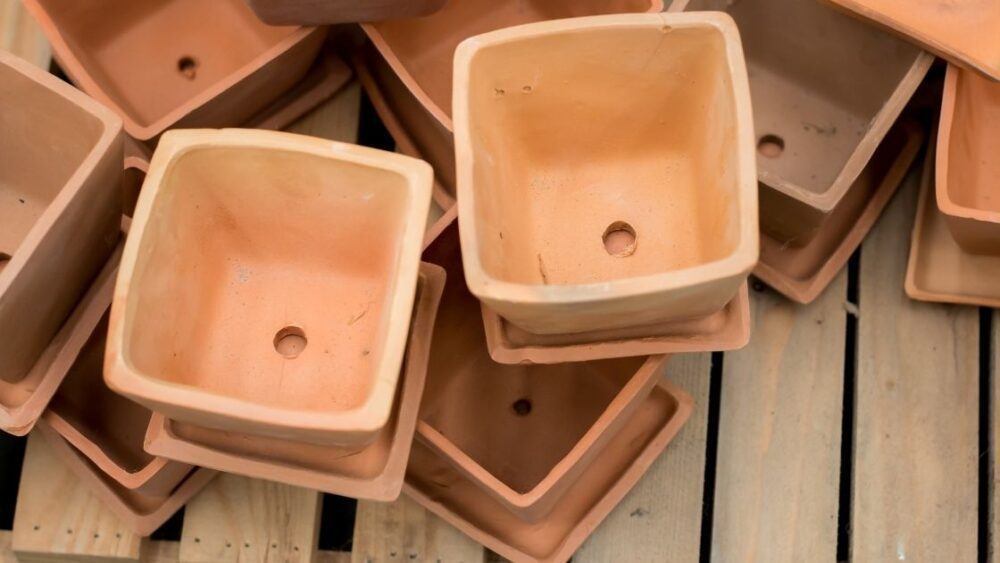This site is reader-supported and we earn commissions if you purchase products from retailers after clicking on a link from our site. As an Amazon Associate, we earn from qualifying purchases. We are now accepting free business listings in maintenance, horticulture, building, and all outdoor fields. Brick and Mortar and websites welcome. Click here for more details. Proudly supporting small businesses.
Try these: Gardening ArticlesFirepitWalk-Behind MowerFlower Shop
Let's Grow Together 🌱
Little Goldstar Black-Eyed Susan
Little Goldstar Black-Eyed Susan, Cheerful native Little Goldstar Black-Eyed Susan has sunny-yellow, star-shaped blooms with black eyes! Super hardy and long-blooming pollinator heaven!
Notice: As an affiliate, all products and availability are subject to change. Click for current pricing.
Description
Little Goldstar Black-Eyed Susan
Cheerful Native Little Goldstar Black-Eyed Susan
- Prolific Bloomer
- Brilliant Star-Shaped, Golden Yellow Flowers
- Continuous Bloom from Midsummer through Fall
- Stays Small and Compact
- Rich Green Foliage
- Fantastic Cut Flowers
- Improved Native Plant
- Wonderful Nectar Source for Butterflies
- Feeds Birds, Butterflies And Helpful Pollinators
- Easy to Grow, Great for Beginners
- Use in Containers
- Widely Adaptable
- Perfect In Sunny Gardens
- Deer Don’t Tend to Bother This Plant
Little Goldstar Black-Eyed Susan (Rudbeckia fulgida var. sullivantii ‘Little Goldstar’) is a heavy-blooming, knee-high variety. It’s a stand-out in any setting with its vibrant yellow-orange color.
Black Eyed Susan is a beloved native species that does well in most of the country with very little care. Little Goldstar in your yard ensures a burst of sunshine from midsummer to fall.
Two-inch blossoms are yellow-orange sunbursts of color densely covering the rounded plant. Prominent, dark centers are a dramatic contrast to the brilliant, star-shaped flowers. These showy blooms are a perfect foil for the dark green foliage.
Butterflies and honeybees add even more color to your yard, as Little Goldstar Black-Eyed Susan is a wonderful nectar source. There is hardly a moment when it won’t be covered with helpful pollinators.
Little Goldstar is an incredibly hardy plant. Leave the blooms on in the fall so songbirds can feast on the seeds of the dried cone. They’ll also capture and sculpt the snow to add very welcome winter interest.
For bright, long-lasting color with little care, the Little Goldstar simply can’t be beat. Gardeners like you have reported up to 80 flowers on a single plant.
Celebrate these cheerful natives. Order several from Nature Hills today!
How to Use Little Goldstar Black-Eyed Susan in the Landscape
This petite plant makes a wonderful focal point in the yard. Use these wonderful perennials as a long-blooming “ribbon” of color along the edge of your garden border.
Try them in large exterior containers, too. Use them as a single species, or add “Spillers” to the edges of your container to soften the look. They will look great on your patio or on either side of your front door.
They stay compact enough for the front of the bed. They can be a beautiful facer plant to leggy shrubs with bare stems. Can you imagine a mass planting of these blooms enlivening the sunny side of a mature evergreen tree?
Create a low-maintenance mass planting by spacing these herbaceous perennials 14 inches apart on center. You’ll measure from the center of one to the center of the next.
They make a perfect housewarming present for a first-time homeowner. And smart, savvy homeowners rely on them for sunny borders. They give so much color, without requiring much work at all.
Cut stems of Little Goldstar and use them as a long-lived addition to cut flower arrangements. Don’t forget to include the deep green foliage in your bouquet.
Dry some of the season’s last blooms by bunching them together with a rubber band, then hanging them upside down. Add dried Ornamental Grass blades and seed heads, bright Red Twig Dogwood branches and evergreen boughs for naturalistic winter decorations.
#ProPlantTips for Care
Winter-hardy, heat and drought tolerant, and so easy to grow, Little Goldstar Black-Eyed Susan is a great plant for beginning gardeners. It won’t require much care, and is both rugged and durable.
Plant in full, all-day sunlight or partial shade. It will need at least four hours of direct sun a day. Please note that the best blooms come from a planting site in full sun.
These prairie plants do need well-drained soil. If you see puddles that remain long after a rain, grow them in a raised bed or container.
Remove spent flowers by using sharp scissors or garden snips. It only takes a moment or two, and deadheading the plants will greatly increase the flowering. Call it “me time” enjoying your garden.
Give brand new plants careful watering during their first season in your landscape. Use the “Finger Test” to understand when to water.
Poke your finger into the soil near the root ball. If it feels moist, no need to water that day. Check again soon. If it’s getting dry, provide a medium amount of water.
After the first season, you’ll not need to provide supplemental water. This is true unless you have an extended drought.
Leave the dried plants standing over the winter. Birds will eat the seeds! In early spring, cut the stalks off an inch above ground level.
Very hardy and easy to grow, save room for these gorgeous native plants. Order Little Goldstar Black-Eyed Susan from us today.
Related products
-
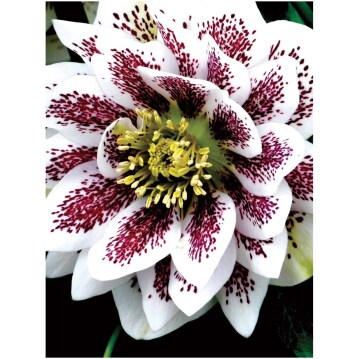
Hellebore, Winter Jewels Painted Doubles Live Plant
burpee.com -

4″ Zebra House Plant – Fully Rooted – Aphelandra Squarrosa – Live House Plant
etsy.com -
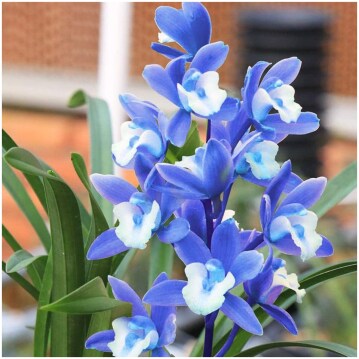
Natural Orchid Live Plants
amazon.com -
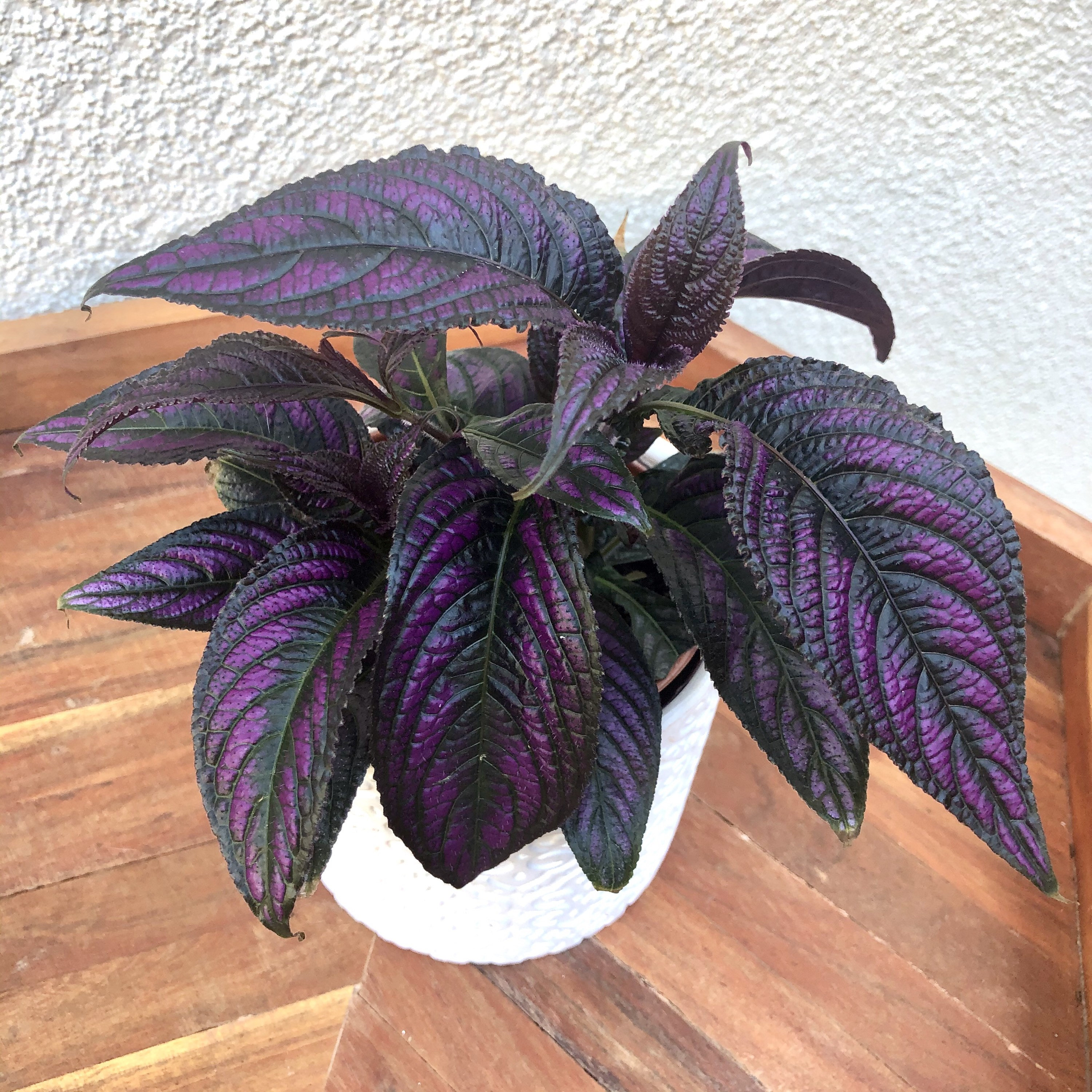
Persian Shield Plant-Strobilanthes dyeriana- Royal Purple Plant- Rare live houseplant- Indoor plant- exotic plant
etsy.com -
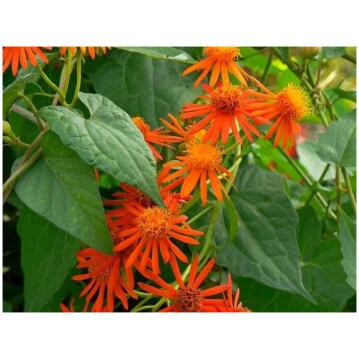
Mexican Flame Vine 1 Gallon Plant
etsy.com -
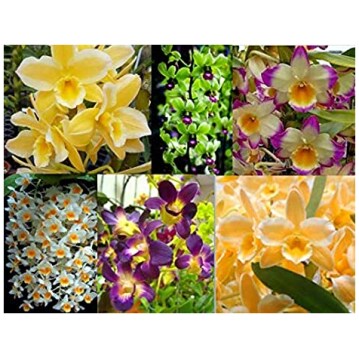
3 Different Premium Orchids + Perfect Orchid Pots (3 Dendrobiums)
amazon.com -
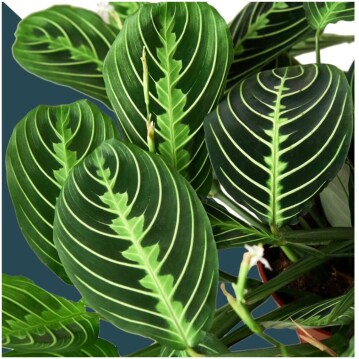
Maranta Green Prayer Plant- Maranta Leuconeura Lemon Lime | Live Plants | Indoor Plants | House Plants
etsy.com -

MARANTA GREEN PRAYER PLANT
succulentsbo... -

Pink Tradescantia Houseplants Live Plant in Pot indoor 2.5″ Pot Rare Fast Growing Plants Home Decor Gift
etsy.com -
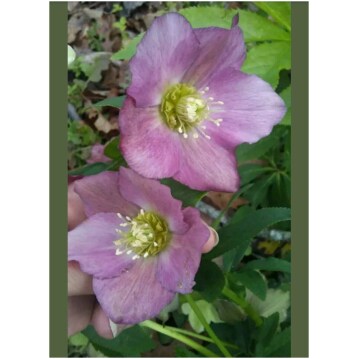
10 Lenten Rose Plants Hellebores Evergreen Perennials Helleborus
etsy.com -
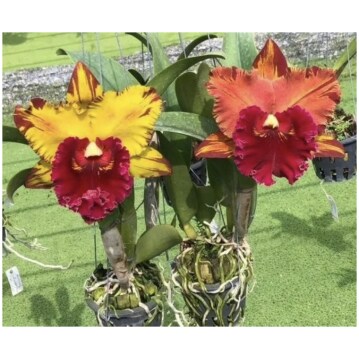
Rlc Hey Song ‘Amazing Thailand’ 4.5” COMPOT 10+ Seedlings
etsy.com -
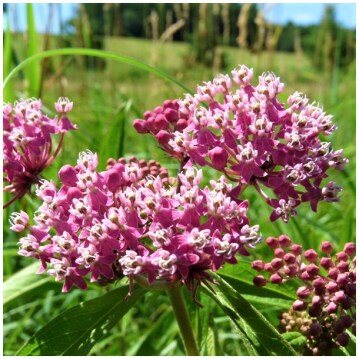
Swamp Milkweed Flower
naturehills....
